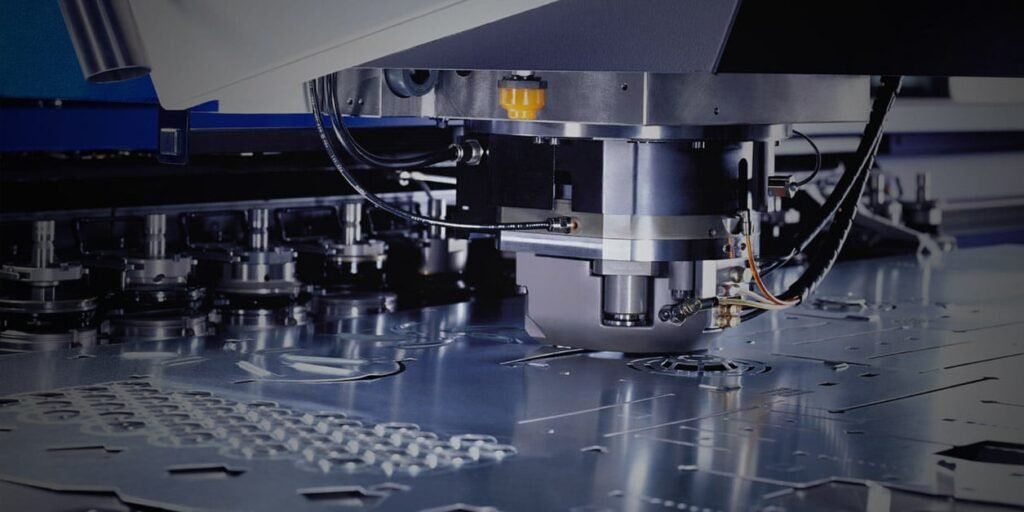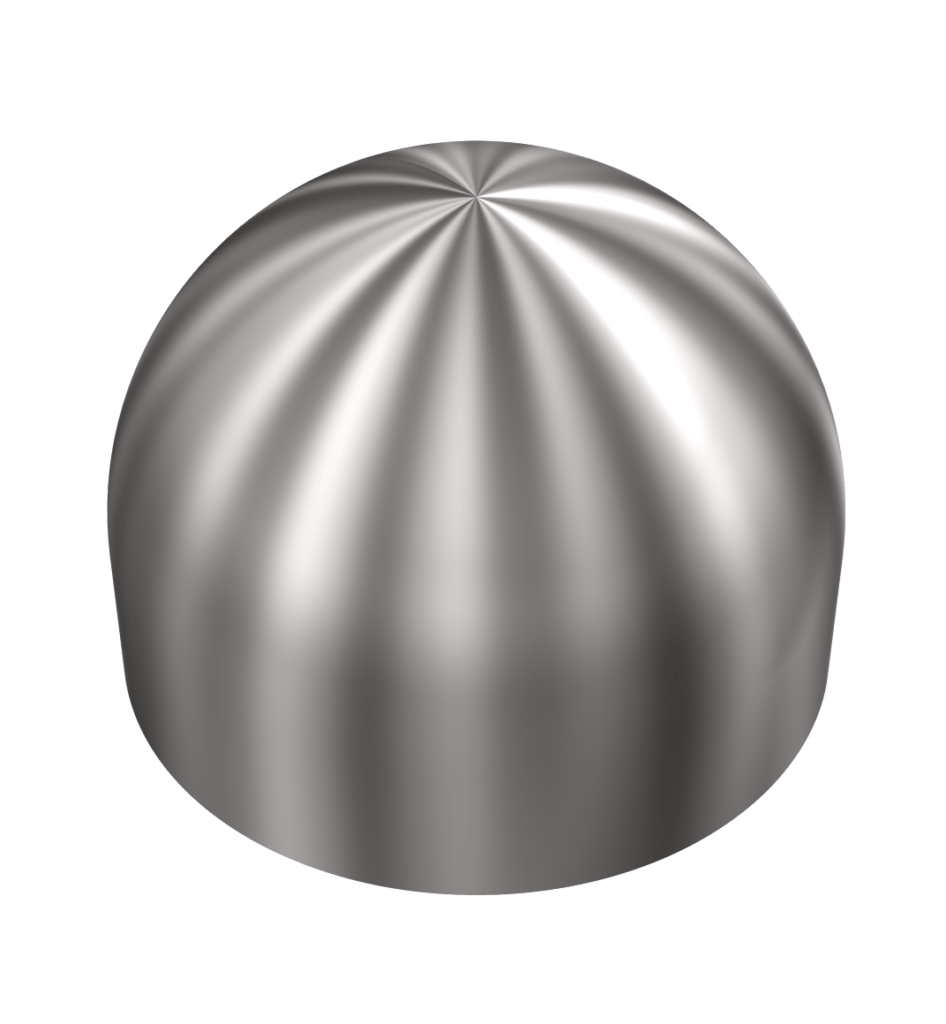
What is CNC Spinning?
CNC Spinning is a phenomenon that leaves metalworkers in awe, as if witnessing a mystical transformation unfold before their very eyes. Imagine a solid piece of metal, whirling around at dizzying speeds like a whirlwind on caffeine, morphing into an exquisite masterpiece with each revolution. It’s akin to watching pottery on overdrive, except this art form comes with sharp edges and an inclination to ignite sparks. With CNC Spinning, the boundaries of metal manipulation are pushed beyond conventional limits, blending together pinpoint accuracy, rapidity, and a dash of enchantment to craft elaborate contours and flawless arcs.
In the realm of metal craftsmanship, CNC Spinning stands out like the prodigious student who effortlessly excels in every scientific endeavor while others struggle to grasp even the basics. The essence lies in utilizing automated machines to spin metal sheets into seamless forms of pure elegance without room for any misstep. As Bob Reekie eloquently puts it – “The realm of possibilities within CNC Spinning knows no bounds.” And when you witness a mere sheet of metal gyrating and metamorphosing into your envisioned design right before your eyes, skepticism will melt away as you too succumb to the allure of magic.
History of CNC Spinning
Imagine yourself transported back to a time when CNC spinning existed only as a mere glimmer in the mind of a machinist, an era where shaping metal was dependent on skill and sheer physical strength rather than the precision and automation we now take for granted. In those days, artisans would painstakingly spin metal by hand on manual lathes, molding it with steady hands and sharp eyes. But my, how things have evolved!
Fast forward to today, and we find ourselves immersed in a realm where CNC spinning has completely transformed our approach to working with metal. With computer-driven machines at our disposal, the art of spinning metal has ascended to unprecedented levels of accuracy and efficiency. As the adage goes, “Gone are the days of laboriously hand-spinning parts; now with CNC technology, precision is within reach.” Indeed, precision reigns supreme in the domain of metal craftsmanship.
Let us raise a toast to those trailblazers of CNC spinning – those fearless visionaries who dared to envision a world where manipulating metal could be achieved at the push of a button. Their foresight and unwavering commitment have ushered in an era marked by limitless possibilities where creativity knows no bounds.
Advantages of CNC Spinning
Step right up, my friends, and brace yourselves for a journey into the enigmatic realm of CNC spinning. Behold the mesmerizing array of benefits it bestows upon us mere mortals. Imagine this: a hunk of metal sits before you, waiting to be transformed by the mystical powers of CNC spinning into shapes so awe-inspiring that even Picasso himself would bow in reverence. It’s akin to sculpting, but with an element as sturdy as steel.
The allure of CNC spinning lies in its uncanny ability to produce intricate shapes with the finesse of a Swiss timepiece. As some sage once mused, “Precision is not merely a feature on your microwave.” Through CNC spinning, you can craft elaborate designs that will leave your rivals bewildered and befuddled. And let’s not forget about those lustrous finishes that CNC spinning bestows upon our creations – so dazzling they put even the most gleaming silverware to shame. Who could resist such a tantalizing touch of brilliance in their existence?
Materials Used in CNC Spinning
The world of CNC spinning is a mesmerizing realm, where metals sway in perfect harmony to the tunes of precision and artistry. The materials used in CNC spinning are nothing short of royalty in the metal kingdom. From aluminum to stainless steel, each one brings a touch of elegance and strength to any project.
Imagine this: you’re engrossed in your CNC machine, when suddenly it hits you – “Wow, this stainless steel sheet is tougher than my mother-in-law’s lasagna!” Moments like these showcase the resilience and adaptability of these materials. As the great machinist Richard Feynman famously said, “There’s plenty of room at the bottom,” emphasizing how crucial choosing the right material is for CNC spinning. Whether you’re crafting an automotive part or a lampshade, remember that your choice of material is like the secret ingredient that elevates your creation to greatness.
How CNC Spinning Works
CNC spinning is a mesmerizing intertwining of man and machine, where precision dances with creativity in a symphony of craftsmanship. Imagine this: a flat metal disc snuggles up to a spinning mandrel, and as the mandrel twirls, a CNC-controlled tool gently nudges the metal to elegantly mold into a seamless shape. It’s almost like magic, but with an extra dash of sparks and less bunnies.
The enchantment of CNC spinning lies in its capacity to produce intricate metal parts with unmatched accuracy and speed. It’s akin to sculpting with metal, except instead of traditional tools like chisels and hammers, you rely on computer codes and high-speed instruments. As the metal spins and the tools pirouette across its surface, layers of imperfections are whisked away, unveiling a flawless masterpiece beneath. In just moments, plain sheet metal metamorphoses into an exquisite work of art poised to conquer the world.
Tools and Equipment for CNC Spinning
Enter the enigmatic realm of CNC Spinning and be prepared to be mesmerized by the mysterious tools and equipment that bring metal to life. Imagine a workshop pulsating with gleaming machines, whirling and shaping metal into intricate designs with uncanny precision. It’s a spectacle akin to a carefully orchestrated ballet, only with sparks igniting the air a true marvel in the world of metalworking sorcery!
Within this mystical domain, you’ll encounter formidable entities such as the venerable lathe, the adaptable hydraulic press, and the unassuming roller. Each of these instruments holds immense power in sculpting and molding metal into sublime creations. In the immortal words of Bob Dylan, “The times they are a-changin’,” and within the realm of CNC Spinning, it’s about embracing avant-garde technology to craft timeless masterpieces that defy all expectations.
Applications of CNC Spinning
Behold, my dear comrade, CNC spinning is truly a marvel in the realm of crafting cylindrical metal wonders. From elegant lampshades to sleek rocket nose cones, this technique reigns supreme. But where does its brilliance truly shine? Prepare to be astounded by the myriad of uses that benefit from CNC spinning.
Imagine this: entering a state-of-the-art aerospace facility and witnessing CNC spinning machines whirring away, churning out intricate aircraft components with an unparalleled blend of accuracy and swiftness. As the esteemed engineer Henry Petroski once mused, “Success arises from perfection, diligent effort, learning from missteps, dedication, and persistence.” And in every sense, CNC spinning encapsulates this ethos of exactitude and unwavering determination as it furnishes top-tier components for the skies above. Yet do not be deceived CNC spinning extends its reach beyond lofty realms into everyday items such as cookware and musical instruments. So next time you whip up a culinary masterpiece in your trusty skillet or strum those melodious chords on your guitar, ponder upon the artistry woven into each creation.
Quality Control in CNC Spinning
In the realm of metalworking, there is a well-known saying that echs through the workshops: “Quality is not an act, it is a habit.” When delving into the intricate world of CNC spinning, ensuring that each piece meets the standards can be quite the challenge. This is where quality control comes into play, with its vigilant gaze and measuring tape at the ready, ensuring that every rotation results in success. As Aristotle famously declared, “Quality is not an act, it is a habit,” and within CNC spinning, this habit can either make or break a project.
Every skilled metalworker understands the significance of accuracy and meticulousness. It brings to mind the wise words of my mentor: “Measure twice, cut once.” Quality control in CNC spinning serves as a guiding presence on the shop floor, meticulously monitoring dimensions, tolerances, and surface finishes. After all, they say that “The devil is in the details,” but so too can heaven be found there. And within the realm of metalworking, achieving perfection can truly set one apart.
Challenges in CNC Spinning
Entering the realm of CNC spinning is a tumultuous journey filled with twists and turns, especially when faced with the myriad challenges that lie in wait. The quest for equilibrium between speed and accuracy stands as a daunting obstacle to overcome. It’s akin to taming a unicorn on roller skates, attempting to capture both swift production rates and flawless quality feels like chasing after a slippery pig at a fairground. Achieving this delicate balance demands finesse, astute observation, and perhaps even a dash of enchantment.
Another vexing issue that often arises in the domain of CNC spinning is the relentless battle against material consistency. It’s comparable to corralling a group of wild cats just as you think you have them under control, one veers off course unexpectedly. Whether it be fluctuations in material thickness, unforeseen defects, or sheer unruliness, maintaining uniformity in materials can feel like juggling flaming chainsaws amidst a raging hurricane truly testing both skill and courage.


